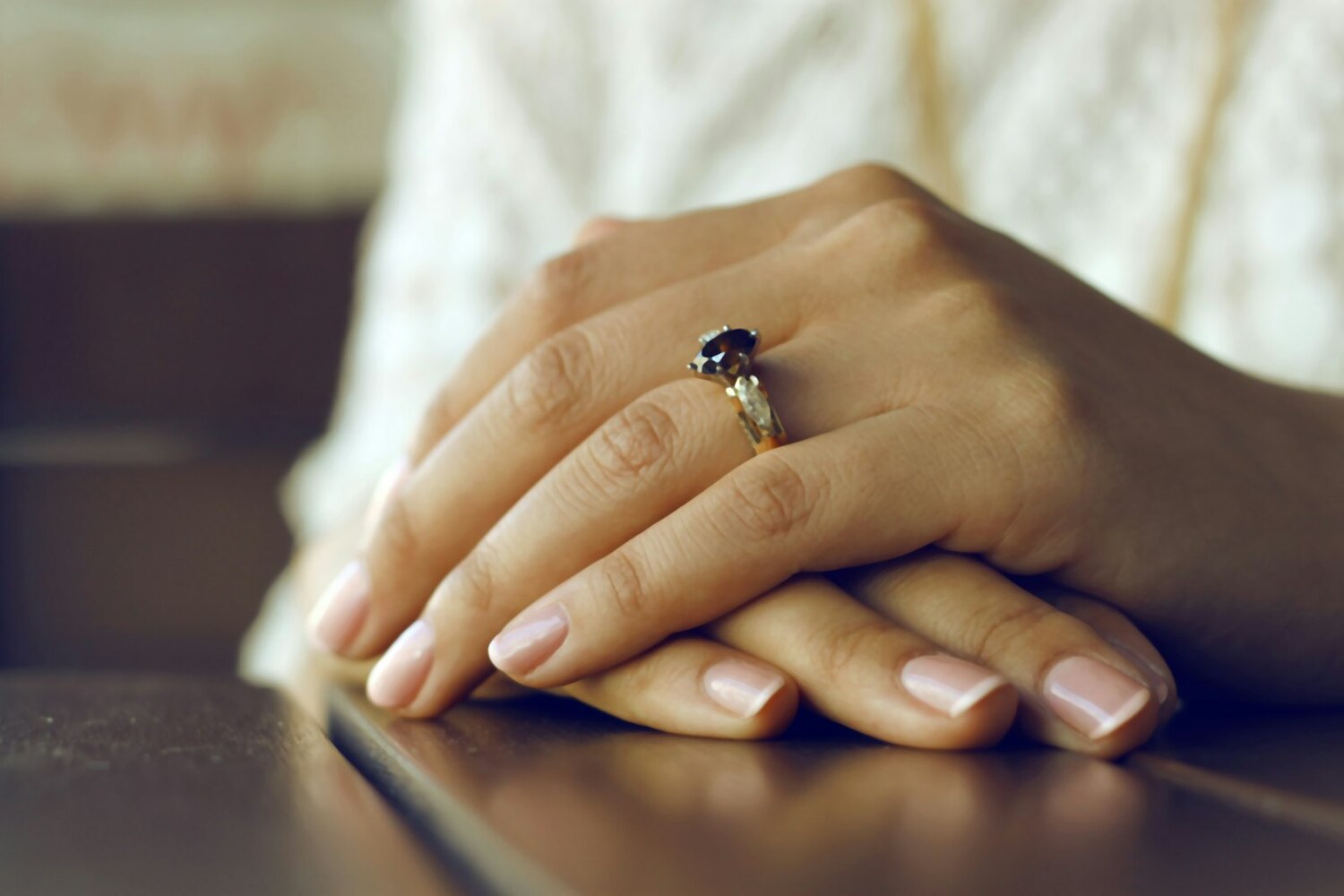First Things First: It’s Not Surgery
Getting your nails done is NOT a surgical procedure. The nail plate, where gel is applied, is made of keratin—a tough, dead protein that’s similar to your hair. It’s dead tissue, meaning there’s no direct connection to your bloodstream. Therefore, concerns about “infections” from tools like nail files are overblown.
How Do Infections Spread?
Infections in salons are typically spread when living tissue—such as the skin or cuticles—comes into contact with unsanitary tools. Metal tools like cuticle nippers or clippers that are used on the skin need to be properly sterilized to avoid cross-contamination.However, nail files aren’t used on living tissue. They are used to file the nail plate, which is made of dead cells that can’t contract infections. Even more importantly, in hard gel services, your nail technician is filing the gel itself, not even your natural nail!
Filing the Gel, Not Your Nails
When you’re getting a hard gel manicure, the majority of the filing is done on the gel layers, not your actual nail. This means that the nail file rarely touches your natural nail, further reducing any risk of infection. The gel is an artificial layer that acts as a protective barrier over your natural nails, and the nail file is used to shape and refine the gel, not the nail plate itself.So even if there were bacteria present on a nail file (which is highly unlikely, as we’ll explain below), it wouldn’t have direct contact with your nail plate in the first place, making the idea of needing a personal nail file unnecessary.
Why Bacteria Don’t Survive on Nail Files
To better understand why nail files are not a concern for spreading infections, let’s look at how bacteria spread. Bacteria thrive in warm, moist environments. Nail files, by contrast, are typically dry and porous, and are a hostile environment for bacteria to survive for extended periods of time.
Even if bacteria were to somehow make it onto a nail file, the environment simply doesn’t allow for them to survive long enough to be passed on to another client. Additionally, salons either use disposable files that are thrown away after each use, or they disinfect their reusable files, ensuring no bacteria remains between clients.
Hand Hygiene Is Far More Important
The real focus should be on hand hygiene—both yours and your technician’s. Most infections in salons come from bacteria that were already present on your hands or under your nails. Before your appointment, your nails may have come into contact with a variety of surfaces, accumulating germs and dirt that could be transferred during the service.That’s why many salons ask clients to wash their hands before their service begins. It’s a preventative measure that significantly reduces the risk of contamination from the start. Your nail tech isn’t dealing with open wounds or sensitive tissue when filing the gel; they’re shaping and perfecting the material on your nails. Clean hands ensure the safest possible service.
The Bottom Line: Stop Stressing About Personal Nail Files
Bringing a personal nail file to your appointment is unnecessary. If your salon follows proper sanitation protocols there’s no risk of infection. And since the file is mostly used on the gel, not your natural nail, the risk is even further reduced.Instead of worrying about the tools, focus on washing your hands before your appointment. This small step will protect you and help your nail tech work in a clean environment. And if you ever have concerns, just ask your salon about their sanitation practices—they should be happy to explain their process.
